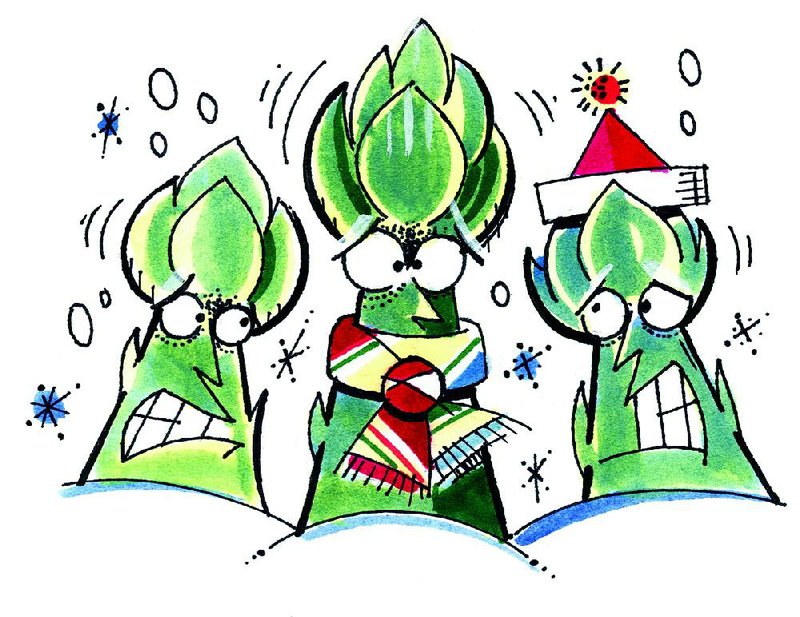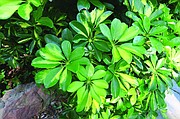Q I'm just finishing up my first year growing asparagus. What is the proper procedure for preparing for winter? I haven't found any consistent information on the Internet. Currently I have a good growth of asparagus ferns averaging 3-4 feet tall.
A There are several different opinions. Some gardeners clean up the space as soon as a frost occurs, cutting back all the fronds. Others leave the spent debris out there all winter to prevent weeds from growing. Typically diseases and insects are minimal with asparagus plantings, but if you do have any problems with pests, cleaning up in the fall after a hard frost will ensure a cleaner planting in spring. If you do leave the spent foliage all winter, make sure to remove it in early February before the asparagus plants begin new growth.
Q My maple tree is planted in a bed at the corner of my yard and is [backed] by a rock wall on two sides. The roots are exposed and I am concerned that they should be covered with dirt. I had planned to add mulch but question if that is sufficient to protect the tree. Your thoughts?
A Maple trees are prone to surface roots. The best thing to do is just cover with mulch. Adding more soil is just a Band-Aid as more roots will surface. If you keep adding soil every time you see an exposed root, you could end up burying the tree too deeply.
Q I have a lavender plant in a large pot with amended soil. The last three years I feared for its survival during the winter months. Shall I put it in the garage, in the house if I keep the thermostat at 68 degrees, or leave it outside? This week, I saw a kit to grow lavender indoors. Nothing is planted until a customer takes the box and terracotta pot home. Would it survive if the thermostat was at 75 degrees in the house?
A Lavender is not the easiest plant for home gardeners in the hot, humid South during the summer, but it usually does quite well over the winter, provided the soil is well drained. If your container is large enough to protect the roots from freezing, and is not a terracotta pot -- which will break apart if exposed to freezing and thawing -- then I would leave it outside where it is. The pot could also be moved to a more protected spot. I often overwinter marginal potted plants between the foundation of my house and the shrubs. If you want to try an indoor new plant, put it in the sunniest and coolest room of your house.
Q I have two big leaf hydrangeas planted across a walkway from each other, so they do not share the same soil. I was cleaning up the dropped leaves yesterday and I noticed what appears to be white fungus growing on top of the mulch, under all the dropped leaves. It has only affected the ground of one hydrangea as of today. This plant does get more rain than the other plant, which is under the eave of our house. This plant appears to be as healthy as the other but there were leaf spots on some leaves.
A As mulch breaks down you will see strings of white mycelium. This is a good thing. The white fungal mycelium are decomposing the mulch, and turning it into organic matter for the soil. It would not cause problems to plants growing in it. I think most hydrangea plants had leaf spots before the frost this year. It is a common late-season occurrence, but you are doing the right thing by cleaning up the spent leaves.
Q Can you please tell me what this plant is? [The reader sent a photo.] We have had it in the house in the winter and on the front porch in the summer for about 10 years. Will it survive on the covered front porch if we leave it out this winter?
A I hope you have moved it inside, because it is a tropical houseplant called schefflera and it will not survive freezing weather. I recommend moving plants in by mid-October, usually, when inside and outside conditions are similar -- but for sure before you turn your heat on for the first time.
Janet B. Carson is a horticulture specialist for the University of Arkansas Cooperative Extension Service. Write to her at 2301 S. University Ave., Little Rock, Ark. 72204 or email her at
jcarson@arkansasonline.com
HomeStyle on 11/17/2018

